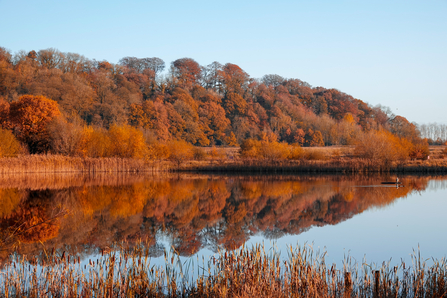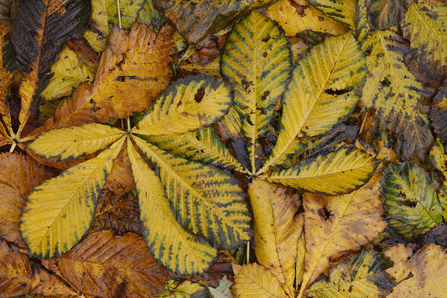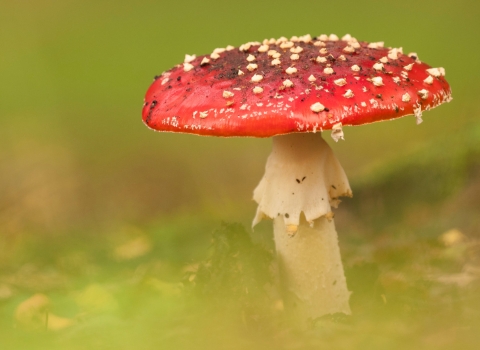The month of September marks the beginning of autumn, and with this seasonal change we begin to see a delightful transformation in all of the plant life around us. Autumn rather wonderfully provides us with one final burst of glorious colour before the desolate winter months set in. Throughout autumn many of the leaves around us quickly transform into a rich tapestry of diverse colours, ranging from burnt orange to vivid red.
Though the arrival of nature’s magnificent autumnal colour pallete is frequently celebrated and romanticised, unfortunately the real reason behind this sudden change is not quite so charming. In essence, leaves begin to change colour as they starve themselves of vital nutrients, and suddenly begin to die.




